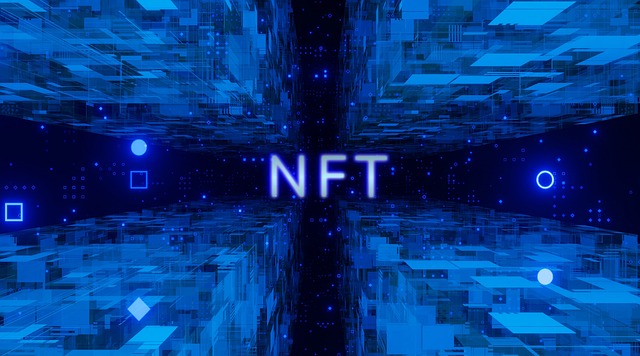How Blockchain Works

The purpose of blockchain is to allow digital information to be written and distributed, but not edited. Thus, blockchain is the basis for immutable ledgers or transaction records that cannot be changed, deleted or destroyed. Therefore, blockchains are also known as distributed ledger technology (DLT).
Blockchain is a self-sufficient, yet extremely open structure and no third parties are needed to make it work. This was exactly the goal – the absence of intermediaries – that bitcoin creators pursued when they developed the protocol for transferring cryptocurrencies from user to user. The blocks are connected in a circuit using complex mathematical algorithms. Each new block is linked strictly to the previous one, with a unique signature and timestamp. Adding a new link to the chain is confirmed by each member of the system and causes the registry to update automatically.
The most common use of blockchain today is as the basis for cryptocurrencies such as bitcoin or etherium. Bitcoin is a form of digital money. And the core technology that makes it possible is blockchain. When people buy, exchange or spend cryptocurrency, the transactions are logged on the blockchain. The more people use cryptocurrency, the more widespread blockchain can become. Essentially, a blockchain is a list of transactions that anyone can view and check. A bitcoin blockchain, for example, contains records every time someone sent or received bitcoins. Cryptocurrencies and the blockchain technology that uses them allow value to be transferred online without an intermediary, such as a bank or credit card company.
Imagine a global, open alternative to all the financial services you use today, accessible with a smartphone and an Internet connection.
This is how blockchain is used to verify and record transactions of cryptocurrencies like Bitcoin or Ethereum.
- You buy Bitcoin.
- Transaction data is sent through a decentralized network of Bitcoin nodes.
- The nodes validate the transaction.
- Once approved, the transaction is grouped with other transactions to form a block attached to an ever-growing chain of transactions.
- The completed block is encrypted and the transaction record is permanent; it cannot be deleted or changed in the blockchain.
Public blockchains, like the one on which bitcoin is based, allow anyone with the necessary computer power to participate in approving and recording transactions on the blockchain as a node.
Not all blockchains are public. Blockchains can be designed as private books, so the owner can limit who can make changes or additions to the blockchain. While the number of participants may be smaller in a private blockchain, it is still decentralized among those involved. Private blockchains secure any data stored in the database using the same encryption methods.
- Blockchains are used to study medical research, improve the accuracy of records and in many other cases.
- Blockchain-based elections would be fairer and the supply chain would be more secure.
Blockchain technology is also interesting because it has many other applications besides cryptocurrency. The idea of a secure, decentralized permanent record of information has sparked interest in many industries and potentially contains solutions to many of the security, record-keeping processes and data ownership issues we face today. Blockchain technology has potential in almost every industry. After all, all industries have some type of information that they are trying to share in a very secure way. Blockchains are being used to study medical research, improve the accuracy of medical records, optimize supply chains and much more. Blockchain-based elections could benefit from recording votes when every vote cannot be altered. Companies could keep more accurate inventory records through blockchain. Blockchain could even help consumers make more informed purchasing decisions with better transparency in the food supply chain. The technology could help food suppliers effectively track recalled products or allow consumers to avoid certain products.





